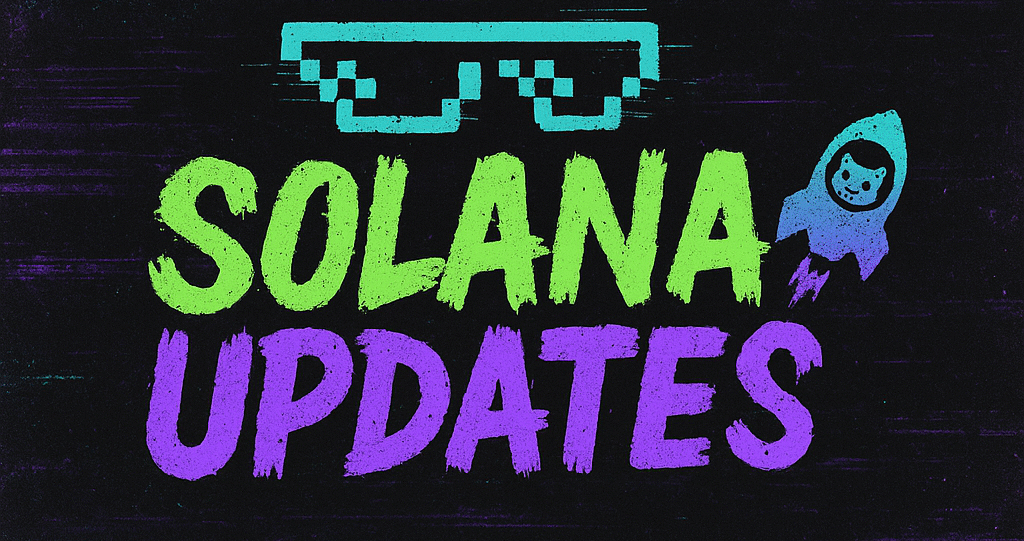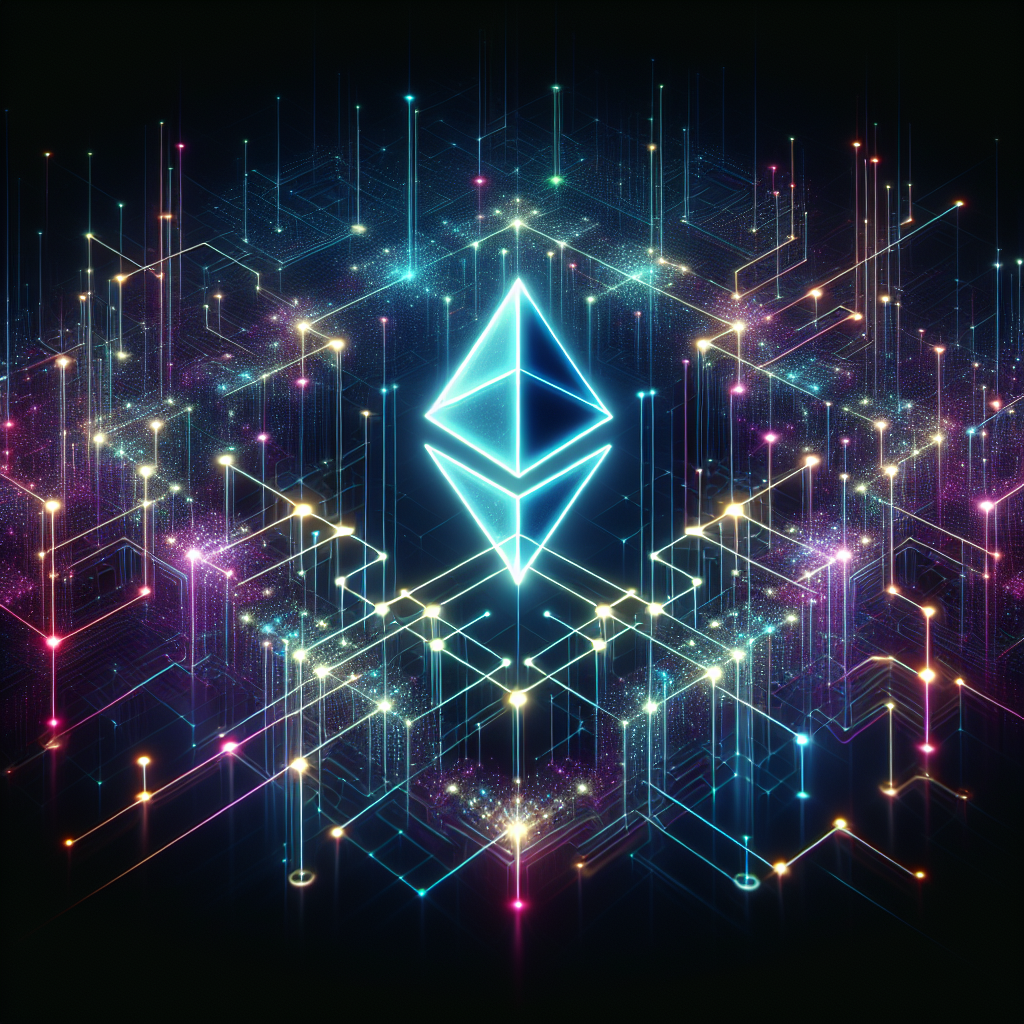Ronin Network’s Bold Return: Migrating Back to Ethereum as Layer 2
In a groundbreaking announcement, the Ronin network, initially launched as a standalone layer-1 blockchain tailored for Web3 gaming applications, has confirmed plans to migrate back to Ethereum as a layer-2 chain by 2026. This strategic move marks a significant shift in the network’s trajectory, aiming to leverage the robust infrastructure and widespread adoption of Ethereum’s ecosystem.
Ronin, primarily known for powering the immensely popular blockchain-based game Axie Infinity, has seen substantial growth since its inception. The network was initially designed to overcome the scalability limitations of Ethereum, providing a dedicated space for seamless gaming experiences. However, as the blockchain landscape evolves, so too does Ronin’s vision for future development.
Why Migrate Back to Ethereum?
The decision to transition back to Ethereum as a layer-2 solution stems from several strategic considerations. First and foremost, Ethereum’s transition to a proof-of-stake consensus mechanism and its ongoing scalability upgrades through sharding and rollups have significantly enhanced its capacity to support high-volume transactions efficiently. These improvements make Ethereum a more attractive option for projects like Ronin that require robust infrastructure to handle a growing user base.
A key factor driving this migration is the desire to integrate into Ethereum’s extensive and diverse ecosystem. By becoming a part of Ethereum’s layer-2 landscape, Ronin aims to tap into the network’s vast pool of developers, tools, and resources, thereby accelerating innovation and development within its platform. This move is expected to foster greater collaboration and interoperability with other projects in the Ethereum ecosystem, ultimately enhancing the experience for developers and users alike.
Implications for Axie Infinity and Beyond
The Ronin network’s return to Ethereum is poised to bring about significant changes for Axie Infinity and other Web3 gaming applications built on the platform. As a layer-2 solution, Ronin will benefit from Ethereum’s security and decentralized network, while maintaining its unique capabilities tailored for gaming environments.
For Axie Infinity, this could mean enhanced gameplay experiences with faster transaction speeds and reduced fees, making it more accessible and enjoyable for players worldwide. The integration with Ethereum could also spark new innovations in game design and monetization strategies, offering players and developers exciting opportunities to explore.
Moreover, this migration aligns with the broader industry trend of consolidating resources and efforts towards scalable solutions within the Ethereum ecosystem. As more projects embrace Ethereum’s layer-2 solutions, the collective benefits of enhanced performance and reduced congestion become increasingly apparent, fostering a more vibrant and interconnected blockchain environment.
A Vision for the Future
The Ronin network’s transition back to Ethereum as a layer-2 chain underscores a forward-thinking approach to blockchain development. By strategically aligning with Ethereum’s advancements, Ronin is positioning itself to continue leading the charge in the realm of Web3 gaming.
As we approach 2026, the blockchain community will be keenly watching how this integration unfolds, eager to witness the novel possibilities it unlocks for gaming and beyond. With its return to Ethereum, Ronin is not just marking a return to its roots but embracing a future where scalability, security, and innovation converge to redefine the boundaries of decentralized gaming.
🛒 Recommended Product: Check out top-rated crypto gear on Amazon


